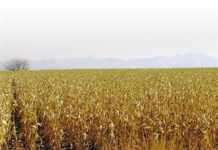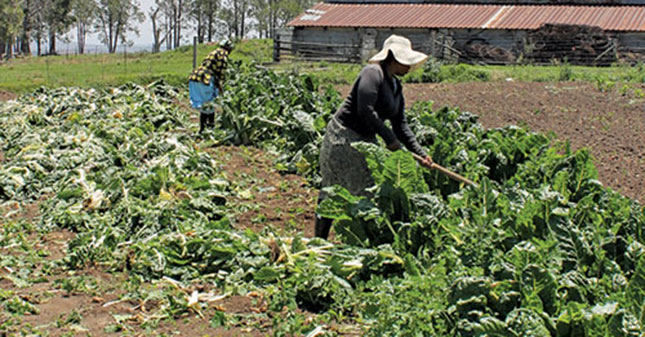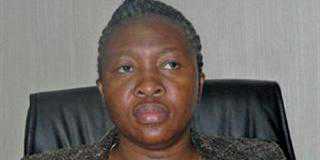Roelof Bezuidenhout talks to Hugo Lemon, textile technologist in Woolworths’ menswear division, about the retailer’s commitment to exchange new ideas with wool producers to enhance SA’s industry.
Why do you attend farmers’ congresses?
By attending congresses, I hear about issues at producer level, and I keep abreast of resolutions and strategy as they evolve. From time to time, I give feedback from a retail perspective on wool expectations in the context of threats and opportunities presented by other fibre types.
What’s your main message to farmers?
The message in one word is marketing. Right now it is about getting wool back into the consumers’ minds and growing market share. The more this happens, the more attractive wool becomes to retailers.
What are the main concerns of growers that you meet?
They face a range of challenges, including stability in the wool market, cost of farm management, stock theft, land reform and predator loss. What concerns Woolworths is keeping the local wool industry alive and kicking, and being able to supply the pipeline with good quality wool and still compete globally.
A s far as wool production goes, what do farmers do wrong?
If there was any criticism to be levelled at the wool producer, it would be the lack of engagement with other downstream players in the industry – not only locally, but internationally too. Being remote from the market’s needs makes it difficult to develop correct wool production strategies. Everyone in the process has a vital role to play, but we must start with the correct inputs.
Will there ever be enough funds to promote wool adequately?
The last estimated value of the national wool clip was just short of R1 billion. Funding should be made available to promote the product. The seller must sell.
Given the futility of trying to raise animals without treating them against (at least) external parasites, is organic or environmentally friendly wool production possible in the true sense of the word?
In the context of the organic debate, the issue of wool needs to be understood in broader terms. There is no doubt in my mind that wool has a good list of credentials to make it a sustainable and environmentally friendly fibre. Apart from its intrinsic characteristics, wool has many good properties that the synthetics don’t have. Granted, pesticides, drenches and so forth are needed, but there are some that shouldn’t be used. Wool producers need to drive this issue with the suppliers of these products and insist on better products. Wool credentials need to be independently assessed and verified, starting with footprints on energy, carbon and water, and finalised in a broad Life Cycle Assessment. Farmers must continually challenge the products that they use, and as organic legislation is passed, some products will be reviewed and even banned. It’s a broad statement perhaps, but true. It is alleged that wool is subjected to 8 000 chemicals before it reaches the final consumer.
If this is true, then farmers are responsible for only a tiny amount of the pollution, and shouldn’t the rest of the chain shoulder most of the responsibility?
The challenges for clean textile production are not new. But in the European Union regulations, many “traditional” chemicals have been banned. The main challenge lies in maintaining wash technology without the use of chlorination. But accordingly, the standards on chemicals will tighten as the drive to clean up takes place.
What technical advances can wool producers look forward to?
Technical innovation comes in many forms, but often the simplest ones are the most effective and long lasting. The main issue, central to this aspect, is relevance. In other words, does the innovation add value to the final product?
Does it streamline processing? Does it add difference and take the fibre out of the commodity sphere?
What is your comment on the Woolworths trouser project?
The Woolworths trouser project has entered its fifth season and has helped to demonstrate that marketing is absolutely essential. Our small test showed an increase of 56% in units sold. We have also embarked on a programme of wool and mohair in suiting for our W Collection range. |fw













